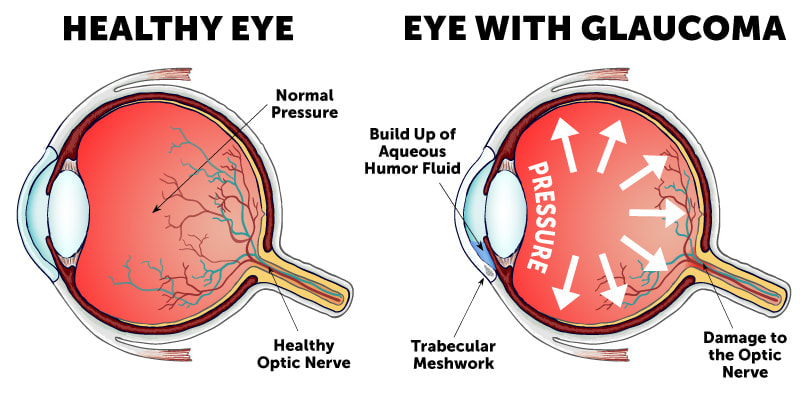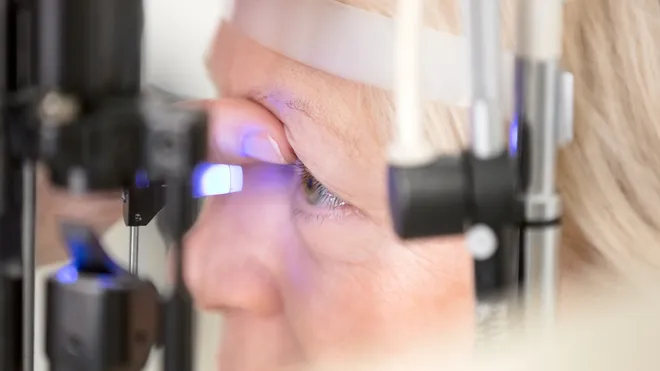Glaucoma is often called “the silent thief of sight” because it can slowly damage your vision without noticeable symptoms—until it’s too late. A glaucoma evaluation helps us detect this condition early and begin treatment to preserve your vision for the long term.

What Is Glaucoma?
Glaucoma is a group of eye diseases that damage the optic nerve, which is essential for clear vision. This damage is often caused by increased pressure inside the eye, but it can also occur with normal eye pressure. If left untreated, glaucoma can lead to permanent vision loss or even blindness.
Since early stages of glaucoma usually don’t cause pain or vision changes, regular eye exams are the best way to detect it before it progresses.
Normal Vision

Loss of Peripheral Vision

